Do you have an internal communications manifesto for your MSP (managed service provider) team? If you’re thinking, “Not only do I not have one, I don’t even know what the heck that means”, let us explain!
An internal communications manifesto is a written document, digitally stored and shared, which outlines communication best practice. You can call it whatever you like – comms guide, email etiquette, internal comms guidelines. The choice is yours.
Because what’s important is what’s in the document. The idea behind it is that it sets out expectations on how your team members interact with others, their managers and with you. That includes things like the best way to send an urgent message or get help with a task.
You can set out when and how to get in touch with someone, the language you like (and prefer not to use), timescales for responses, and how to communicate with someone outside of the team.
This works whether your team are all office-based, remote or have a hybrid working pattern. You can share it with engineers who are on the road most of the day, and include it in the onboarding and induction process for new team members.
Let’s look at some examples from the Team Tubb document to help you see how it could work for you.
The Team Tubb Internal Communications Manifesto
Firstly, it’ll help if you understand the current makeup of the team. We have six members: two in the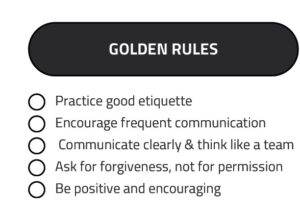
So you can see it’s important for us to be able to communicate clearly and also to strengthen the bonds with the people we work with so we deliver an exceptional service for our clients. We use GMT/BST as our core timezone, as that’s where the business is based. And then each overseas member of the team works out the correct time where they are.
The Golden Rules
● Always practice good etiquette (newcomer? See etiquette guide below!).
● Communicate more
● Communicate clearly and think like a team
● Ask for forgiveness, not for permission
● Be positive and encouraging
Then, the rest of our manifesto goes into detail on how this applies across our internal communications. This will look different for each company, but it takes into account our priorities of a supportive workplace, championing each other and being considerate of our colleagues. All of these also help with our commitment to mental health and wellbeing.
Build in Etiquette so Comms aren’t Intrusive
Most of our communication is done via Slack and Blue. This is how we share updates, pass tasks on to the next person, track projects, share wins and even our holiday dates. We also have a ‘watercooler’ channel for fun and socialising – that’s very important for us!
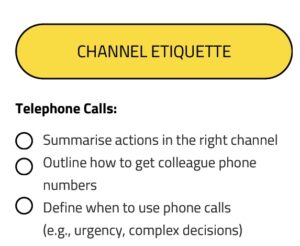
We check Slack and Blue every day (usually several times a day) and have an eight hour response time for most team members, with four hours for the PA and Studio Manager. In reality, we usually reply much sooner.
Our document also includes the names of key contacts for each of the core roles within the business. It also has everyone’s working hours. Personal emails and phone numbers aren’t shared within it, but our PA (Kareena) has access. And most of us have each other’s mobiles too.
What Else to Include in Your Internal Communications Document
We’ve chosen to elaborate on each of the golden rules, so everyone fully understands them. Here are some other things we include within our manifesto:
Communicate Clearly and Collaboratively:
- We always share a deadline and the desired results when we ask colleagues for things
- Delegation is not a bad thing
- Ask for clarity if you’re not sure what’s being asked of you
Communicate More:
● When in doubt, over-communicate – it’s better to tell someone twice than not at all!
● If you’re not sure, keep seeking clarification. You’re not being annoying, you’re being thorough
Take Initiative:
● Don’t delay decisions. Do what you think is best
● When we ask each other for help, share what you’ve already tried
Positivity and Encouragement:
● We always assume positive intent in any communication
● We work in a no-blame culture. If a mistake is made, we own it and then highlight how we think we can avoid repeating the mistake
● Use personal channels for personal messages. Criticise in private, praise in public
● Think carefully about where and how you say things
What if My Team Won’t Like the Idea?
An internal communications manifesto does require the buy-in of all of your employees. Some of them will be resistant to change, feel that they’re being criticised or don’t want to be told what to do.
However, there really aren’t any downsides to agreeing how you all talk to each other. After all, outside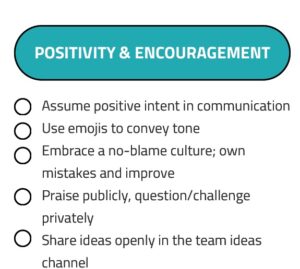
The purpose of the document is to make sure that each team member knows what’s expected of them and to use the right communication channel depending on the situation. It’s designed to reduce confusion, to make contacting colleagues quicker and to limit people misunderstanding a message and feeling offended.
If you have a well-established team and this is the first time you’ve considered a comms manual, then you absolutely must get everyone involved in the creation of it. That way, nobody can complain that their opinions weren’t considered, and the whole company agrees each stage as it’s outlined.
So, what do you think? If you’re ready to create your own, why not grab a copy of our communications manifesto template!


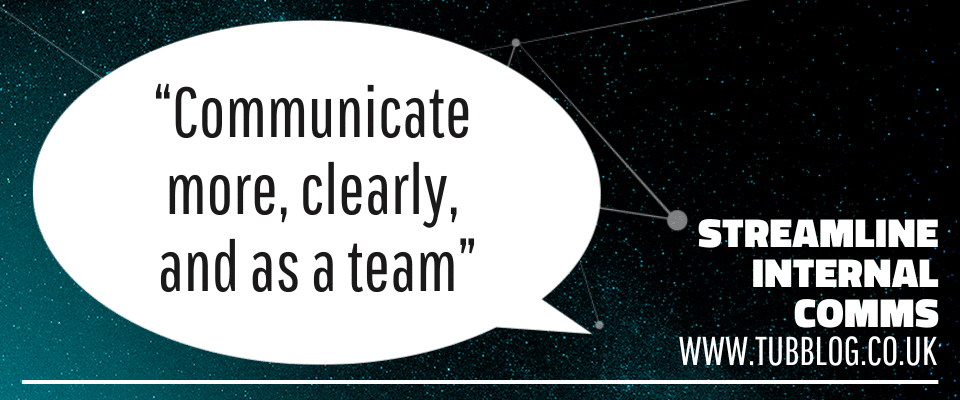
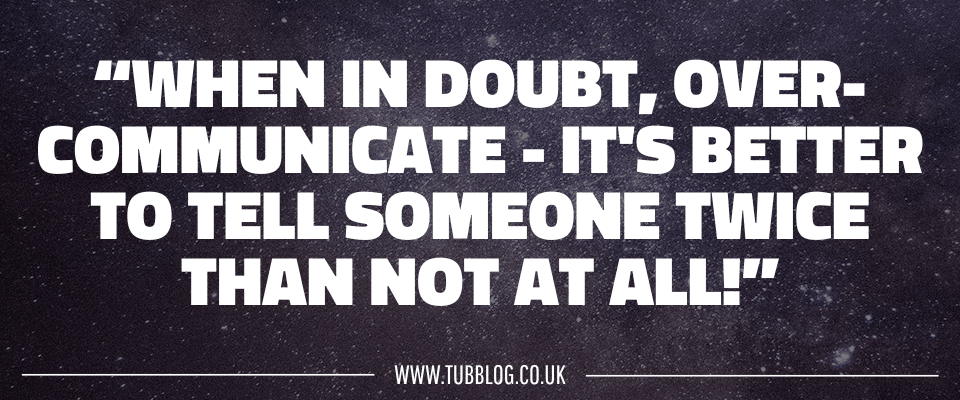













Comments